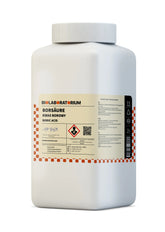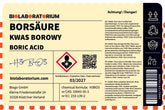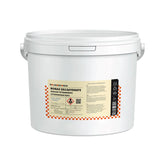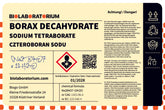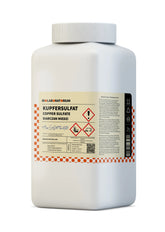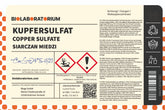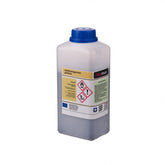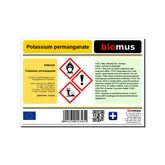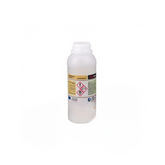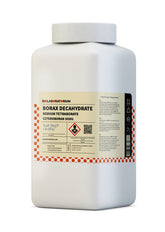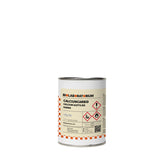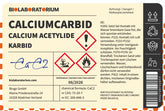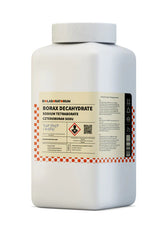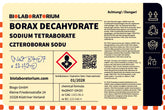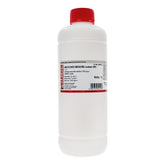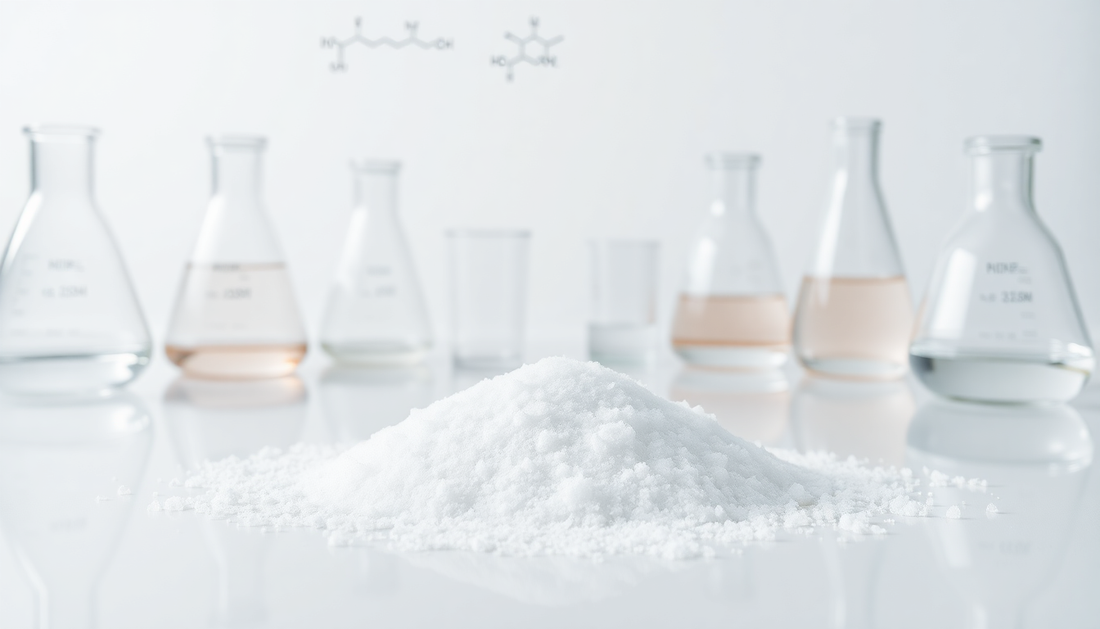Mannitol – Versatile sugar alcohol with numerous applications
Mannitol, also known as mannitol or D-mannitol, is an important sugar alcohol with a wide range of applications in industry, medicine, and household. With the chemical formula C6H14O6, mannitol is a crystalline, white substance that is widely distributed in nature and can be obtained from various sources such as fungi, algae, and plants.
Physicochemical Properties of Mannitol
Mannitol is a hexavalent alcohol consisting of six carbon atoms, 14 hydrogen atoms, and six oxygen atoms. It is a stereoisomer of sorbitol, another important sugar alcohol. Mannitol is characterized by the following properties:
- Crystalline Structure: Mannitol exists as a white, crystalline substance at room temperature. The crystals are hard, brittle, and odorless.
- High Melting Point: The melting point of mannitol is 166-168°C, which is relatively high for a sugar alcohol.
- Low Solubility in Water: Mannitol is only moderately soluble in water, with a solubility of about 18 g/100 ml at 20°C.
- Low Hygroscopicity: Compared to other sugar alcohols like sorbitol, mannitol is less hygroscopic, meaning it absorbs less moisture from the environment.
- Crystallization: Mannitol can occur in various crystal forms depending on temperature and crystallization conditions.
These physical properties make mannitol a versatile substance for numerous applications.
Technical Applications of Mannitol
Due to its unique properties, mannitol is used in a wide range of industries:
Food Industry
Mannitol is used as a sugar substitute, humectant, and carrier in foods. It is used to produce sugar-free chewing gums, candies, baked goods, and beverages. Mannitol has the advantage of providing almost no calories and not significantly affecting blood sugar levels.
Pharmaceutical Industry
In the pharmaceutical industry, mannitol is an important excipient for the production of tablets, capsules, and injectable solutions. It is used as a filler, binder, lubricant, and solubilizing agent. Additionally, mannitol is used as a diuretic to treat cerebral edema and glaucoma.
Cosmetics Industry
Mannitol serves as a humectant, viscosity regulator, and antioxidant in cosmetic products such as creams, lotions, and shampoos. It can protect the skin from drying out and improve the absorption of other active ingredients into the skin.
Chemical Industry
In the chemical industry, mannitol is used as a starting material for the production of polyols, surfactants, and other organic compounds. It is used as a reactant in synthesis reactions.
Other Applications
Furthermore, mannitol is used in the ceramics industry as a pore-forming agent, in the electronics industry as a dielectric, and in paper manufacturing as a filler.
Safety and Handling of Mannitol
Mannitol is considered a relatively harmless substance that poses only low risks to humans and the environment. Nevertheless, some safety aspects should be considered:
- Health Risks: When ingested in large quantities, mannitol can have a laxative effect. Otherwise, it is safe for humans at typical application concentrations.
- Fire Hazard: Mannitol itself is not flammable, but it can promote fires when in contact with strong oxidizing agents.
- Handling: When handling mannitol, standard protective measures such as safety glasses and gloves should be observed to avoid skin contact and dust formation.
Overall, mannitol is a versatile and safe substance used in numerous industrial sectors. Its unique physicochemical properties make it a valuable raw material with diverse application possibilities.

